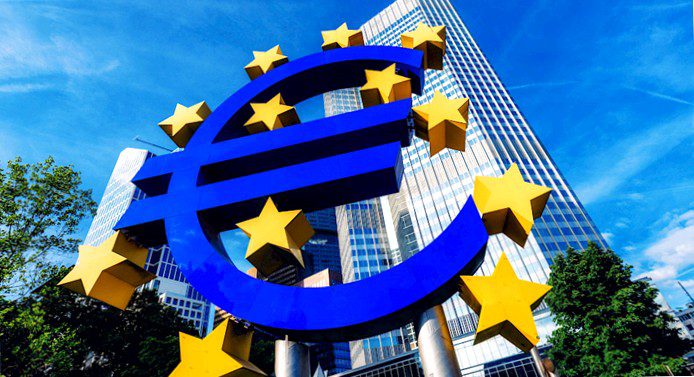
The development of the economy in the second quarter depends heavily on the war in Ukraine and rising inflation rates. Nordea Asset Management's Sébastien Galy analyzes the impact on the eurozone and U.S. economies and sees ample opportunities in fixed income in both regions.
Russia has its back to the wall after the invasion of Ukraine. The country is facing heavy sanctions and receives only very limited support from China for the time being. If imports to Russia become more expensive and less so over time, it is only a matter of time before the Russian population becomes increasingly dissatisfied, says Sebastien Galy, senior macro strategist at Nordea Asset Management. That will force the government to find a new narrative, he said.
Against this background, the financial market is hoping for the best, namely the start of serious negotiations. "Essentially, the market believes Russia will cave and find a compromise in Ukraine. The longer Russia waits, the greater the impact of sanctions and the higher interest rates will rise. This suggests that the market is probably right to be cautiously optimistic", Galy explains. In fact, Russia wants to focus on the "exemption." focus on the Donbass region. But whether the Kremlin will accept Ukraine's claim to neutrality remains unclear.
Eurozone: High-yield supply from periphery should grow
The war in Ukraine is likely to have a significant impact on the European economy. In 2022, this is expected to grow by 3.3% and by 2.5% next year. But there is a risk that headlines about the war and significantly higher oil prices could lead to overreactions among European households, he said. The slump in German growth expectations from the Center for European Economic Research already reflects some of this reaction, he said.
However, the ECB also faces the increasing risk of wage inflation. If the central bank discontinues the asset purchase program from the third quarter of 2022, the market should expect a faster pace of interest rate increases. "This is a tricky proposition for the ECB, as the eurozone also faces a supply shock from increased energy prices and the loss of access to the Russian market", according to Galy. Conversely, he expects demand in the U.S. and China should remain stable.
In fixed income, it is quite possible that high-yield supply from the European periphery will grow, he said. At the same time, European equities are attractively valued. The strategist identifies interesting investment opportunities in ESG in particular.
USA: Caution on equities
In the United States, there is concern that the Fed will stay too long behind the curve, which could force it to tighten excessively and create the risk of a recession. A look at past decades underscores the likelihood of such a scenario, he says, as the dynamics of an unusually hot labor market are difficult to predict. "The difference this time is that we have the midterm elections coming up, for which inflation is a major issue. This means that the Fed will likely try to stay ahead of the curve for a while longer, and may continue to do so as the presidential election approaches. The final interest rate should therefore rise. But much is already priced in", explains Galy.
That implies ample opportunities in fixed income, he says. But for equities, where valuations remain expensive, some caution is warranted. This is because, unlike fixed income, the assumption of a long and smooth growth path prevails in equity markets.